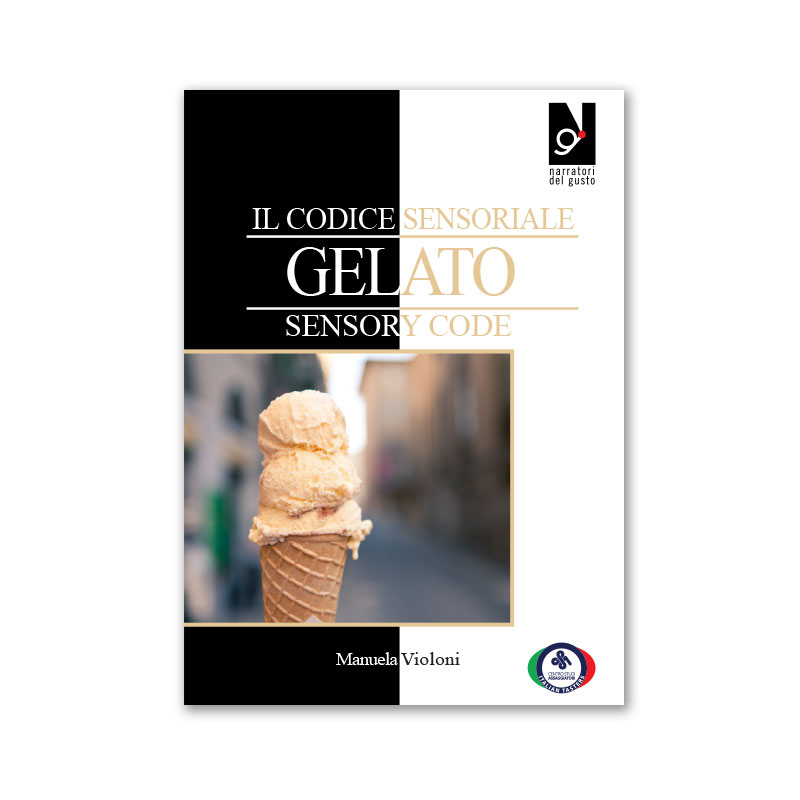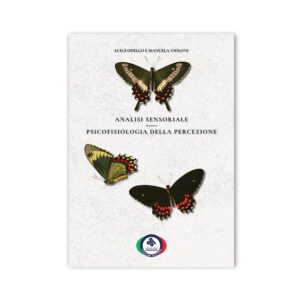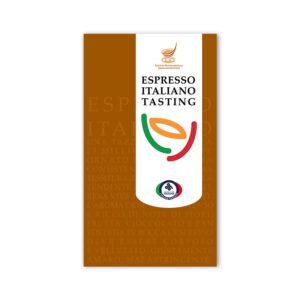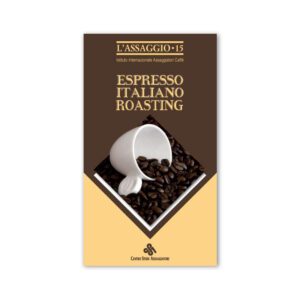Gelato sensory code
Gelato sensory code
What is Italian artisanal gelato?
Perception
The assessment procedure in 5 steps
The brain and the senses
Sight
Smell
The somesthetic system
Taste
From production to tasting: causes and effects
Recipe formulation
Pasteurization and resting
Batching
Storage and service
Description
Becoming a gelato detective
In the early 2000s in Italy one of the most popular TV series was House, M.D., featuring a formidable diagnostician who has the baffling ability to solve pathological cases considered to be impossible, rapidly and precisely identifying the problem. This apparent clairvoyance earned him the affection and admiration of colleagues and patients, notwithstanding his grouchy and neurotic personality.
To be considered masters of pleasure and the good life, competent gelato artisans and attentive consumers must have similar skills. It is not enough to know how to distinguish good gelato from bad: each person has their favorites that are usually different from those of other people. The ability is in understanding what makes a gelato good or bad for the people it is made for: customers in the case of a gelato artisan, oneself or one’s entourage in the case of the consumer. Once it is clear which characteristics are liked or not liked, the skill of the specialized taster is in knowing where they come from, and, if the gelato is not satisfying, where the problem originates. Only in this way is it possible to choose and reproduce an experience that is always positive.
Doctor House only seemed like a magician. His secret was in his method. For gelato tasters the method is the same and anybody can learn it. There are three steps:
1. Assessment of pleasantness, subjective. Deciding whether we like the gelato we are tasting or not is elementary, but it’s a starting point. In part, liking or not liking starts with a biological stimulus, so it is a signal of the presence of characteristics that all human beings will like or will not like. Oftentimes, however, it is simply a personal preference, different from person to person. If a lot of people agree that a given gelato is good, then the first explanation prevails, or there is a highly shared culture among the population. If, on the other hand, there is no consensus, the second explanation is more likely. In the end, knowing what we like and what others like is the first step in distinguishing our personal preferences from a more objective assessment and makes it possible to keep the two things separate, not allowing one to influence the other in a misleading fashion.
2. Descriptive analysis, objective. This is an ability of the trained taster. Two friends can disagree on which of two gelatos tastes better, but it will be easier for them to agree on which is sweeter, or whiter, or softer. It is not rare for one to like gelato X because it is sweeter, while another person doesn’t like it for the same reason. Sweet, white, and soft are objective sensory characteristics that can be recognized with precision by those who know how the senses work, and, with a certain amount of practice, can be measured. This is the first objective of sensory analysis training, and anybody can do it: the objective characteristics of a gelato are easily identified by anybody with functioning eyes, nose, and tongue. What needs to be learned is how to describe them with precision without confusing them.
For this reason, customers who have never learned tasting are always trustworthy when it comes to expressing what they like, much less so at explaining why.
3. From characteristics to technological causes. This is the skill of the taster specialized in ingredients. If one gelato is softer than another, knowing why – and then making that result more consistent – depends on knowing about the technology behind the specific product. It can depend on temperature, the balancing of the sugars, or stabilizers. A characteristic can depend on multiple causes, so to identify the right one it is necessary to look at multiple clues, for example high consistency and low sweetness together indicate that the sugars are probably responsible. Or if that is not enough, start testing: a good gelato detective knows how to precisely identify the possibilities.
Doctor House’s secret is keeping the three phases separate. Those just starting out in learning how to taste often err in jumping directly to the conclusion. For example, when asked, “What do you think of this gelato?” answering immediately, while still tasting, “The display case is too warm”. Rushing to conclusions can lead to mistakes. A single clue (softness) restricts the focus to a single cause, while there could very easily be others that were not considered.
Additional Information
| Dimensions | N/A |
|---|---|
| Disponibile nelle lingue | Italian/English |
| Scegli il formato desiderato | Digital, Paper |





